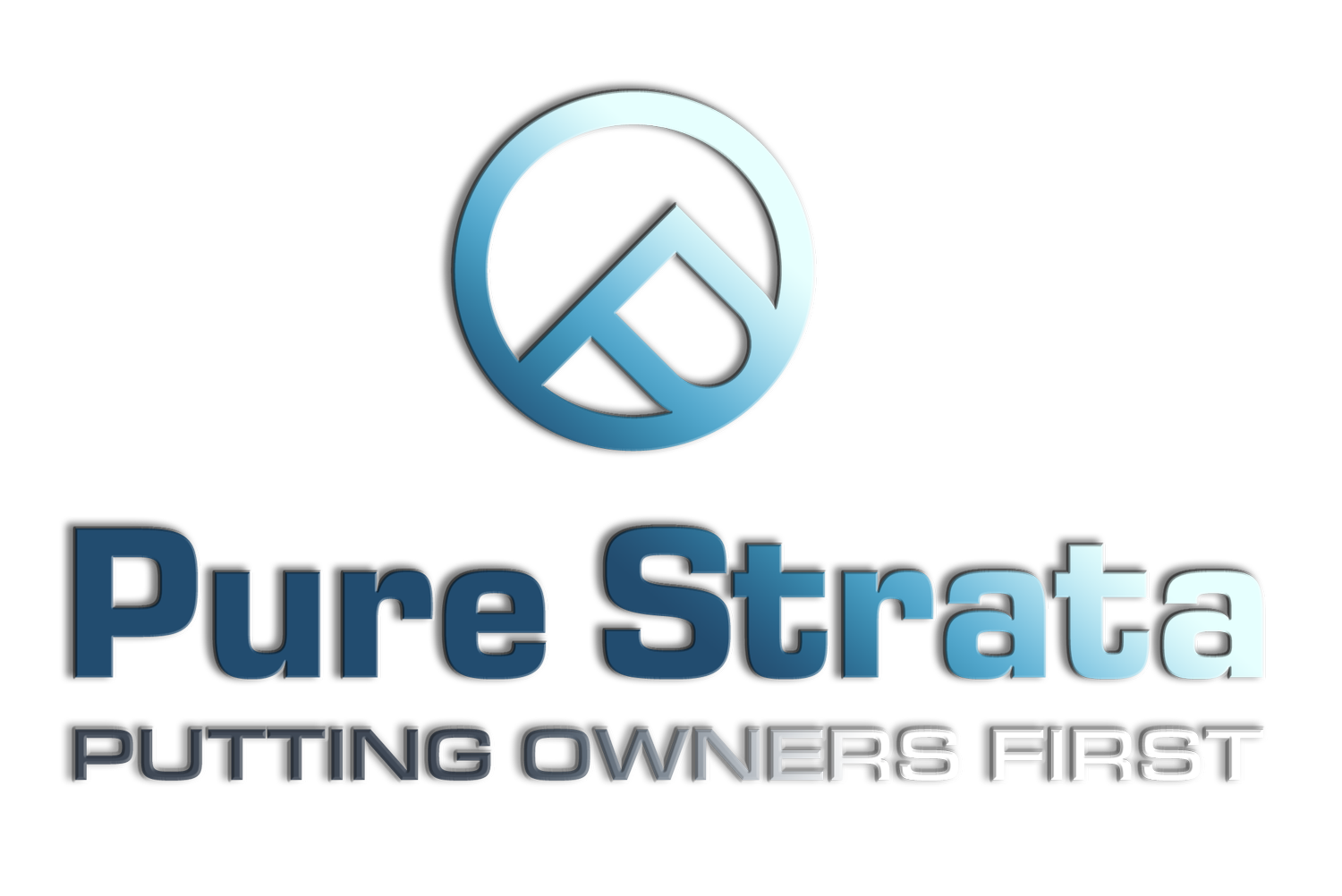
Frequently Asked Questions

Body Corporate
-
A body corporate is a legal entity which is created when land is subdivided and registered under the Land Title Act to establish a community titles scheme.
-
All the owners in a Community Titles Scheme are automatically members of the Body Corporate.
-
A body corporate manager for a scheme is a person or business who supplies administrative services to a Body Corporate as per the Administration Agreement that is entered into with the Body Corporate.
If a body corporate has elected a committee, the body corporate manager is engaged to help them. The manager can only act under the instructions of the Body Corporate.
-
A development of freehold land which includes common property is referred to as a community titles scheme (CTS). A community titles scheme is a single community management statement, scheme land, at least two or more lots and contains common property.
-
The Community Management Statement is a document that identifies a community title scheme and contains relevant information for the lot owners. Some of this information includes:
Name and number of the Community Titles Scheme
Contribution Schedule Lot and Interest Entitlement Schedules
Body Corporate By-Laws
Description of any Exclusive Use Areas
-
The contribution schedule lot entitlements are used to calculate each owner’s share of most body corporate costs.
-
The interest schedule lot entitlements are used to determine each owner’s share of common property, body corporate assets and liabilities and insurance premiums.
-
Body Corporate By-Laws are the rules that a body corporate makes to control and manage common property. The Body Corporate must enforce the community management statement, which includes the by-laws.
-
By-laws are enforced in accordance with the legislation. Your strata manager can provide further information about the dispute resolution process.
Committee
-
A Committee is chosen by owners each year to handle the day-to-day administration of the Body Corporate.
Depending on the type of complex, the Committee usually comprises a minimum of three and a maximum of seven members including a Chairperson, Secretary and Treasurer. These executive positions and any ordinary member positions should be filled each year at the Annual General Meeting. Those entitled to be elected on the Committee can be an individual owner, a member of a lot owner’s family, a person acting under Power of Attorney of a Lot owner, a company nominee or a representative of a subsidiary scheme.
-
Yes, there must be a Committee elected each year for a Community Titles Scheme.
-
The caretaker carries out duties as outlined in their Agreement with the Body Corporate.
-
The Committee, on behalf of the Body Corporate, must, in a reasonable manner:
Implement the lawful decisions of the Body Corporate; and
Administer the Common Property, the Body Corporate assets for the benefit of lot owners; and
Enforce the Community Management Statement (including the by-laws); and
Carry out any other functions as required under the Act, regulation module or Community Management Statement.
-
The Committee make decisions at Committee Meetings, either via a meeting or a voting paper.
Meetings
-
Committee Meetings – where the Committee have the opportunity to make decisions on matters within their powers and expenditure limit.
General Meetings – where all owners have the opportunity to make decisions on matters outside of the Committee’s powers and/or above the Committee’s expenditure limit.
-
Yes, where the Body Corporate has approved for electronic transactions to take place and the appropriate software has been implemented.
Approvals
-
Refer to your Body Corporate By-Laws for matters requiring approval for your scheme.
Common approval requests include:
Pets
Air conditioning systems
Solar Panels
Making changes to the external appearance of the lot
-
Send your approval request with all the relevant details to your strata manager. It is the Committee that makes the approval decisions, usually at a Committee Meeting.
If there is no upcoming Committee Meeting, there may be an additional administrative charge applicable for a voting paper to be prepared.
Body Corporate Finance
-
A copy of the annual financial statements is included in each year’s Annual General Meeting notice. Monthly financial statements are provided to the Committee on the strata portal.
-
The Body Corporate has an Administration and a Sinking Fund, and the budgets and levies for each of these funds are set each year at the Annual General Meeting.
The Administration Fund is for the day-to-day, recurring operating expenses of the Body Corporate, which may include expenditures for gardening, insurance, fire equipment servicing, and the body corporate manager’s fees.
-
The Sinking Fund is for significant or capital expenditure for common property assets. The Sinking Fund budget should be set in accordance with the recommendations of the Sinking Fund Forecast.
The levies for each owner are then determined based on the total approved budgets in line with the contribution schedule lot entitlements and interest schedule where relevant.
-
Special levies can be used to fund various works if the budget is insufficient or if there are insufficient funds available. Special levies can be a useful tool to fund works without increasing the Administration or Sinking Fund budgets.
The special levy is calculated for each owner based on their contribution schedule lot entitlements.
-
Please refer to your levy notice for payment options and the due date for the payment.
Maintenance
-
This depends greatly on the type of complex and the location of the maintenance issue however, as a general rule, the Body Corporate is responsible for the maintenance of the common property and the lot owner is responsible for maintenance within their lot.
-
A building format plan is a form of subdivision that usually applies to multi-story unit complexes. This plan type can also apply to any other developments like townhouses, villas, housing estates or duplexes.
The body corporate must maintain common property, as well as some things that are not on common property.
The body corporate is usually responsible for maintaining:
the outside of the building
the foundations and roof of the building
roofing membranes that are not on common property but give protection for lots or common property
essential structural elements of the building (like foundation structures, roofing structures that provide protection and load-bearing walls) even if they are not on common property
roads, gardens and lawns on common property
facilities on common property (like swimming pools and barbecues)
railings or balustrades on, or near to, the boundary between a lot and common property, including the balustrade on a private balcony
any doors or windows, and their fittings in a boundary wall between a lot and the common property (including garage doors and their fittings)
utility infrastructure (like equipment, pipes and wiring) that is on common property, or in a boundary structure, or services more than 1 lot.
The lot owner is generally responsible for:
the inside of the lot, including all fixtures and fittings inside the lot
doors and windows leading onto a balcony that forms part of the lot
a shower tray used by the lot, even if it is not within the boundaries of the lot
utility infrastructure (like equipment, pipes and wiring) that is within the boundaries of the lot and only services that lot
utility infrastructure (including equipment and associated wiring and pipes) that is on common property, if it only services that lot and is a hot water system, washing machine, clothes dryer, solar panels, air-conditioning systems, television antennae or similar equipment
any fixtures or fittings, including on common property, that were installed by the occupier of a lot for their benefit
exclusive use areas the owner has the benefit of, unless the exclusive use by-law says otherwise.
-
A standard format plan (SFP), previously known as a group title plan (GTP), defines land horizontally, using marks on the ground or a structural element of a building (e.g. survey pegs in the ground or the corner of a building). A community titles scheme registered under standard format plan can include a townhouse complex where each lot has a building and a yard.
The body corporate is usually responsible for maintaining:
roads, gardens and lawns on common property
facilities on common property (like swimming pools and barbeques)
utility infrastructure (like equipment, pipes and wiring) that is on common property, or in a boundary structure, or services more than 1 lot.
The lot owner is generally responsible for:
the inside of the building, including all fixtures and fittings (except utility infrastructure that is common property)
the outside of the building within their lot boundary, including exterior walls, doors, windows and roof
the building foundations
all lawns, gardens and driveways inside the boundary of their lot
utility infrastructure (like equipment, pipes and wiring) that is inside the boundaries of the lot and only services that lot
any fixtures or fittings (including on common property) that were installed by the occupier of a lot for their benefit
exclusive use areas the owner has the benefit of, unless the exclusive use by-law says otherwise.
Can’t quite find what you're after?
Don’t worry, get in touch with us, we are happy to assist you.


